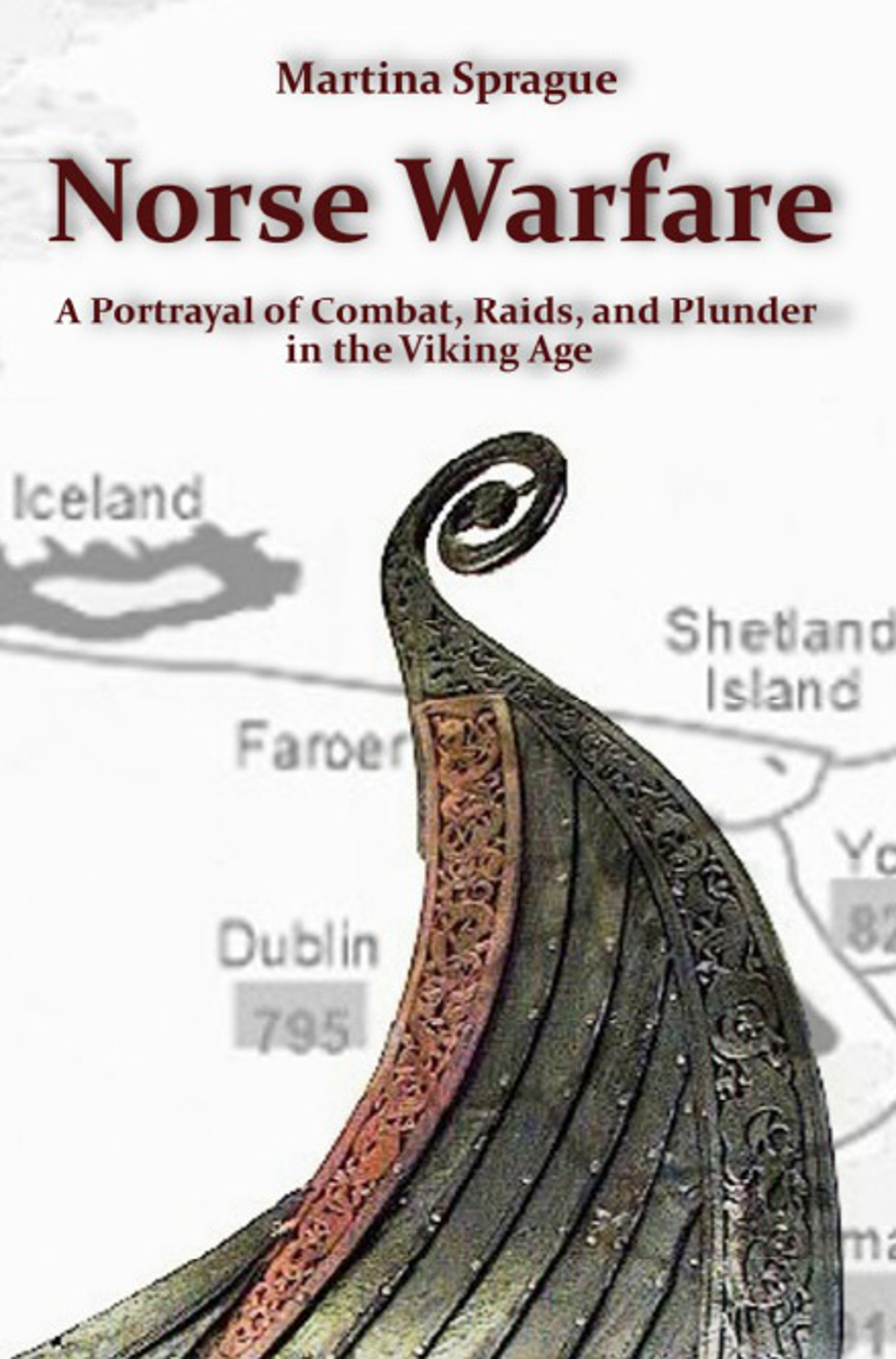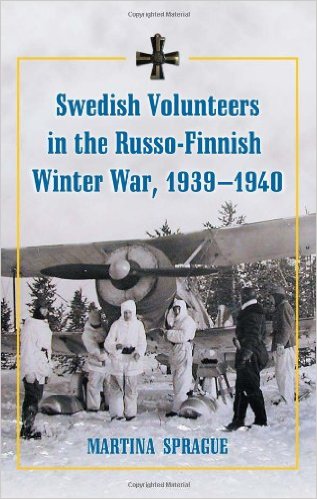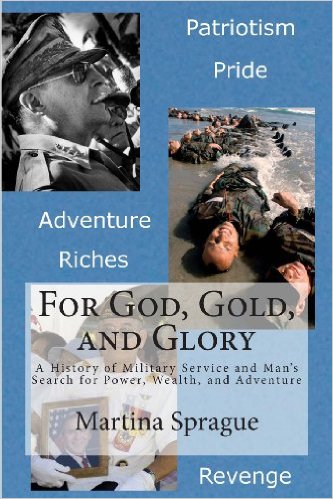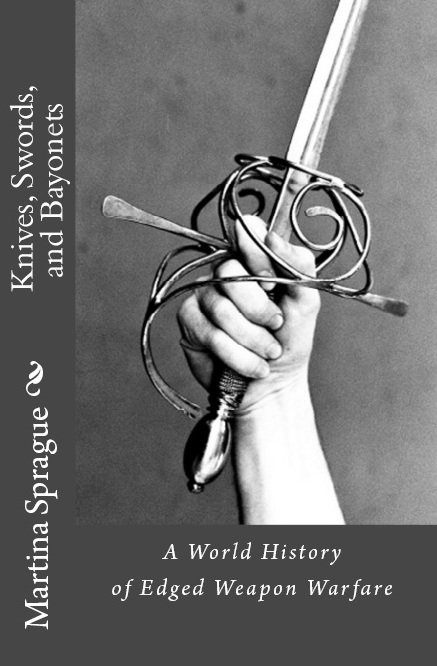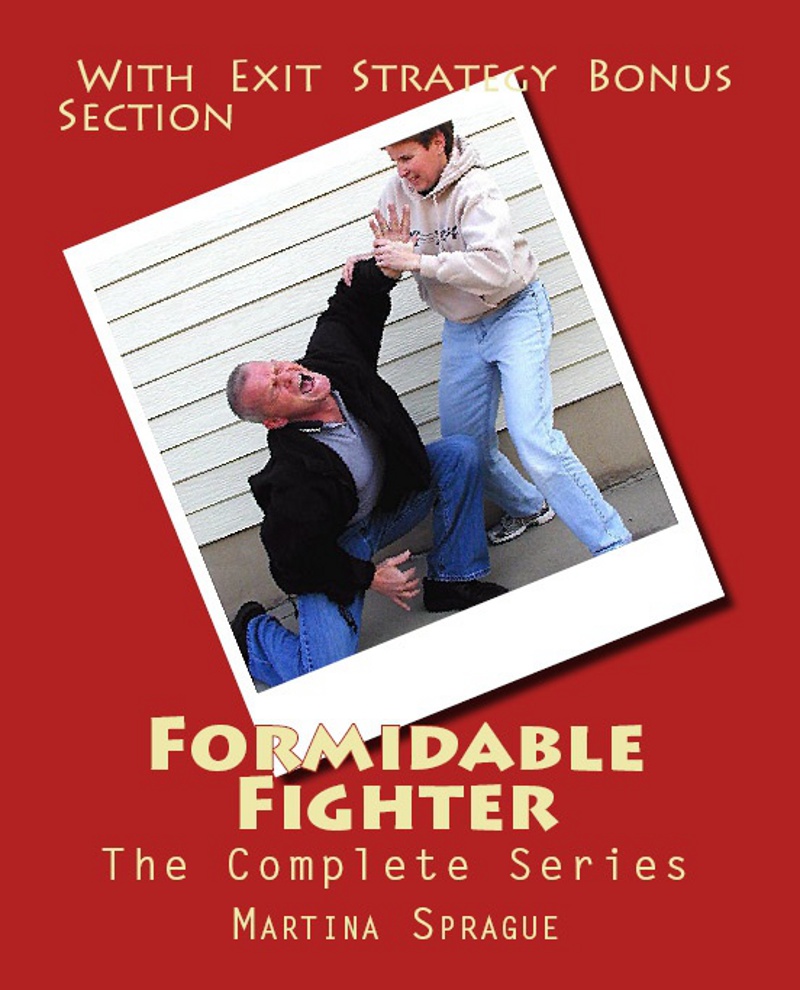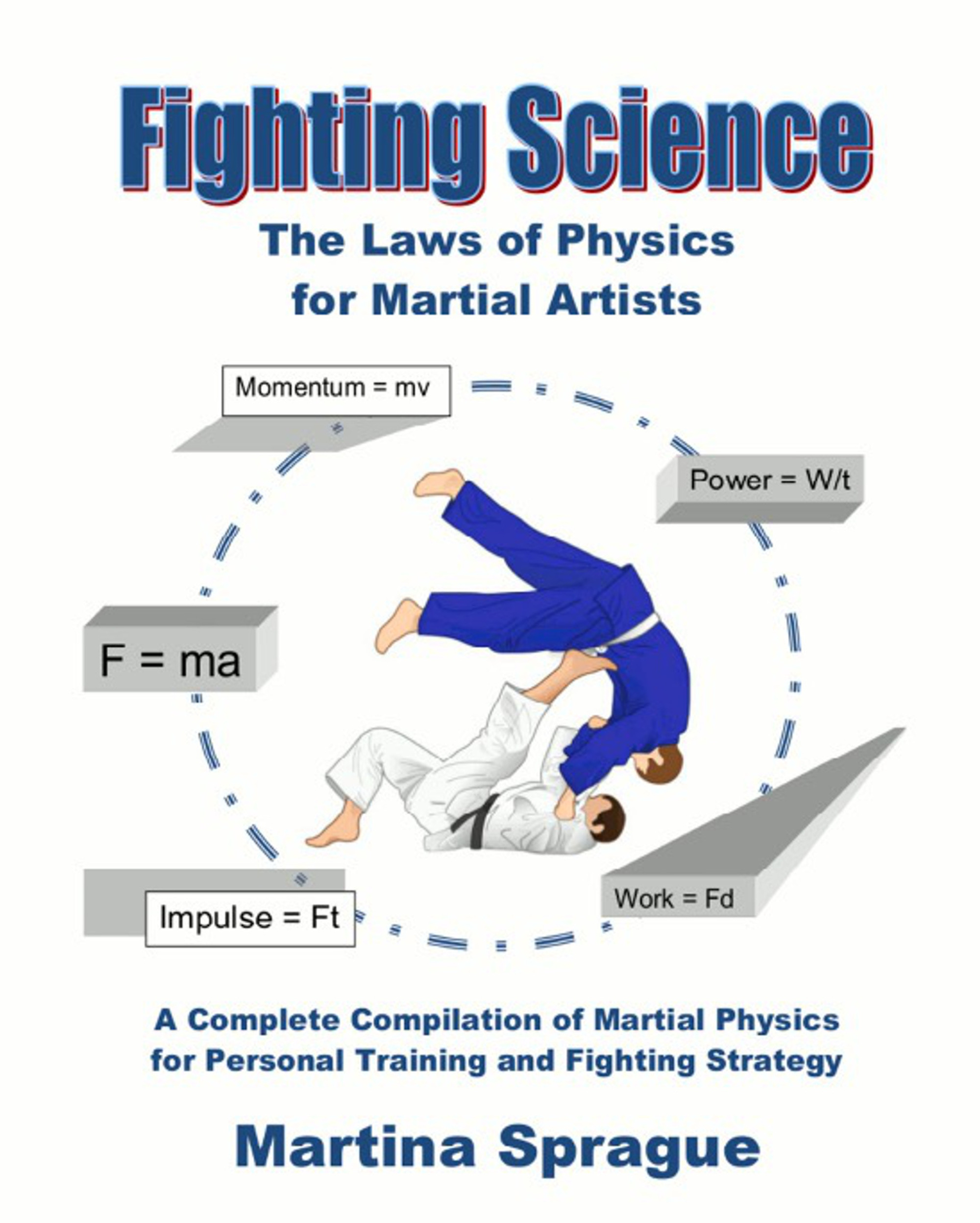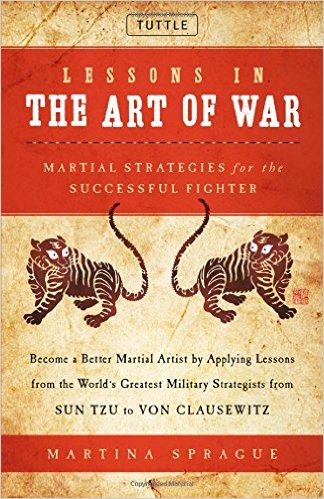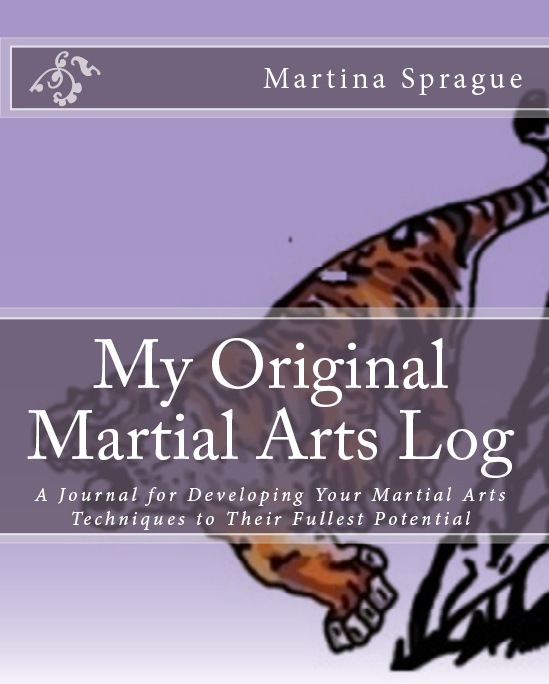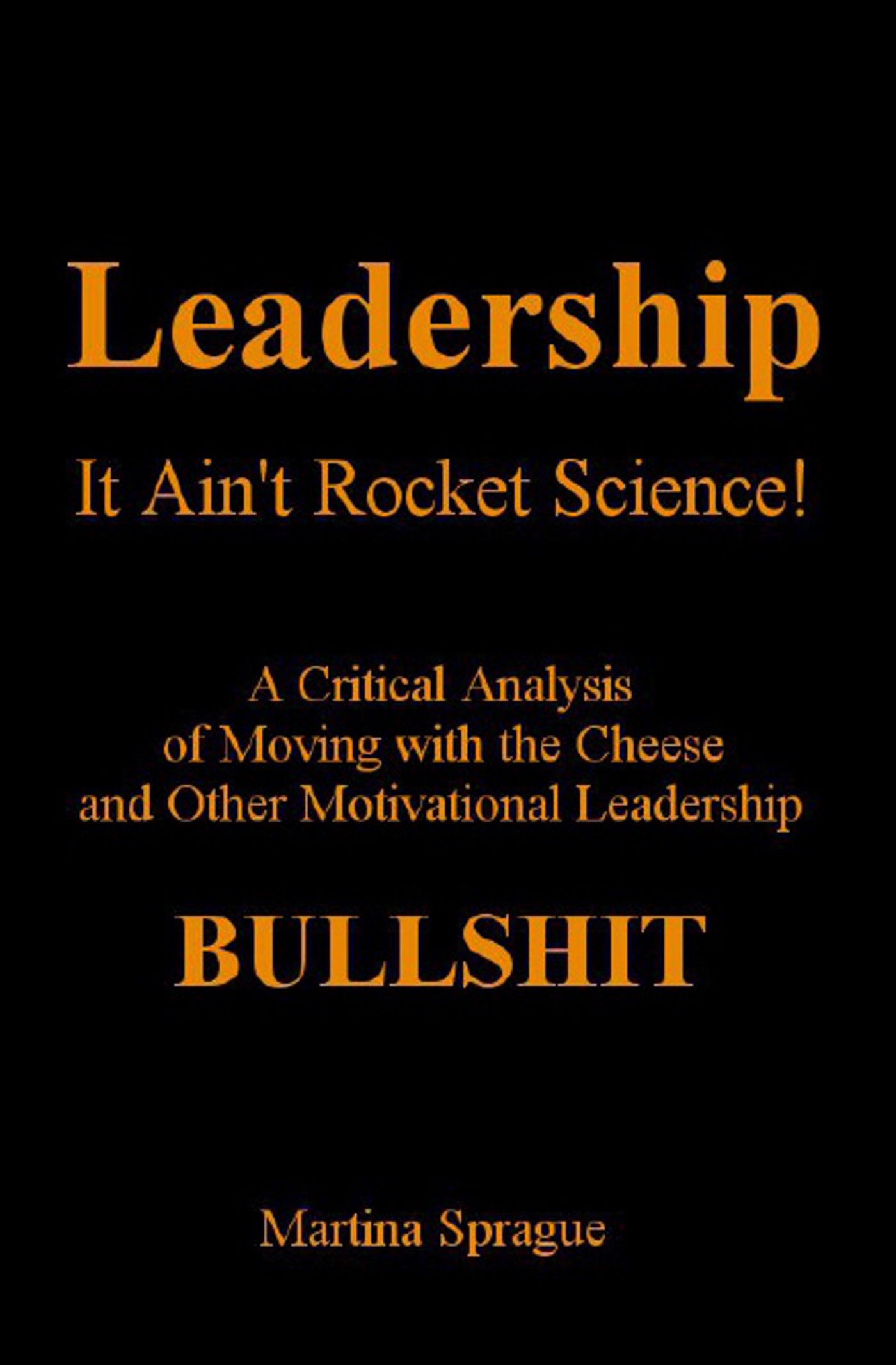 fax (000) 000-0000
fax (000) 000-0000
toll-free (000) 000-0000
Military History
Historical sources bolster archaeological evidence, and vice versa,
and the
historian can cast new light on old facts and bring perspective to
primary and secondary source materials. In order to get the most out
of a mentally challenging historical exercise, it helps to be aware
of the different ways we approach historical sources, their
limitations, and the biases that affect us. As we ponder historical material, we must also remember that history
is a living entity.
Any historical account can potentially bring us something unique.
But unlike science, it does not follow precise rules and there is no
single correct answer.
How we approach history is determined by our respective backgrounds,
cultures, goals, desires, and passions. When studying military history at length, we will find that warfare comes
in many forms, and comments on another’s work can be complementary
rather than contrary and help bring broader generalizations into
focus.
This is not the same as saying that everybody's approach to
interpreting history is equally valid. Serious and critical study
certainly carries greater weight than anecdotal stories, and may do
more to legitimize one approach over another.
The reader carries part of the responsibility for his or her
education and must be ready to meet the historian halfway.
Much argument has surrounded the question of which martial art is
best or most powerful. It is certainly possible to measure the power
of strikes in a sterile environment; that is, in a noncombat
environment with the aid of different instrumentation. When in
combat, however, a number of factors that are difficult to measure
enter into the equation. These include individual reaction speed,
fear, physical limitations (such as flexibility or prior injury),
and environmental factors (such as weather, footing, and barriers).
Martial arts, or any kind of combat, is not purely science based, as
evidenced by the term "art." The "art" part of martial arts also
speaks of how we interpret a combat situation and differs between
tacticians and strategists. But although it is called "art," it is
also not purely art based. There is a definite science involved in
throwing powerful and effective strikes and kicks, and in enacting
valuable offensive and defensive maneuvers in both standup and
ground fighting. Physical combat on any level requires constant
adjustments in distance and timing to what the opponent is doing.
Learning how to think involves skepticism. It requires awareness of
biases related to previous experiences, strong personal views, or
current ambitions. Readers of leadership and political books would
be wise to approach their studies with the same caution a historian
approaches his or her sources of information. Start by asking who
wrote the book, what is his or her background, and what are the
potential biases hidden within the text. What conviction does the
author hold and what is he or she trying to achieve?
Martial Arts
Miscellaneous Other
.jpg)
Iron Age or early Viking Age helmet displayed at the Museum of History in Stockholm, Sweden.
